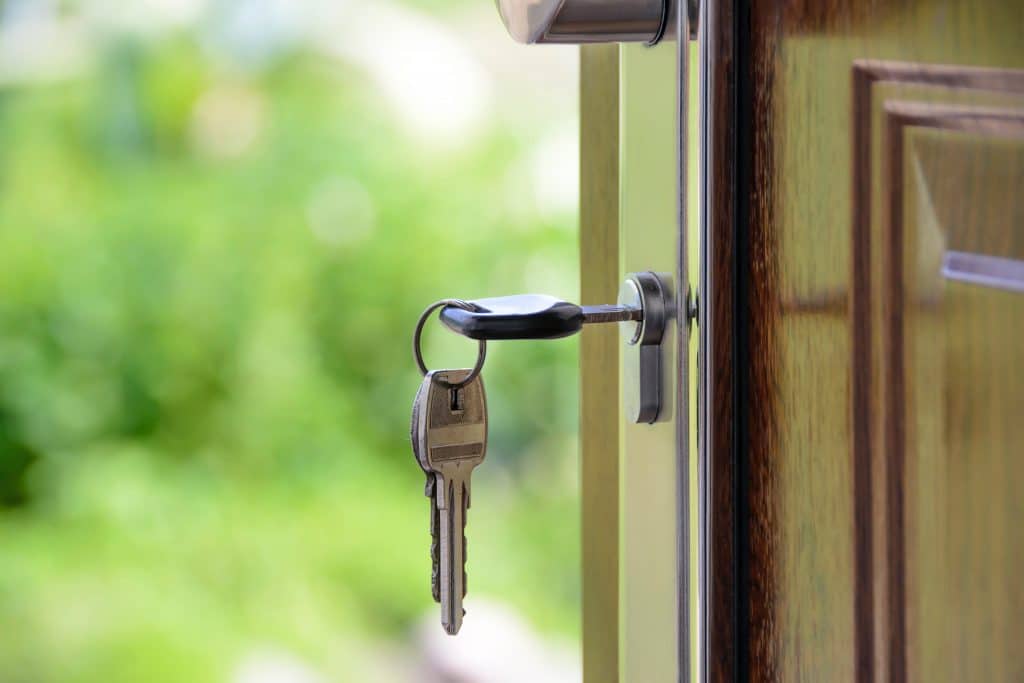Becoming a homeowner is a significant milestone, filled with both excitement and responsibility. In the UK, where homes range from historic buildings to modern flats, fire safety takes on unique aspects that require careful consideration. This checklist is designed to help new homeowners across the UK ensure their homes are safeguarded against fire risks, blending general advice with specifics pertinent to British homes.
1. Install Smoke Alarms
- Placement: Fit smoke alarms on every level of your home, including the loft if accessible and hallways leading to bedrooms. For larger homes, consider interconnected alarms that trigger simultaneously.
- Testing and Maintenance: Test alarms monthly by pressing the test button. Vacuum the covers gently to remove dust and replace the entire unit every ten years or as recommended by the manufacturer.
2. Fire Extinguishers and Blankets
- Kitchen Safety: Keep a fire extinguisher and a fire blanket within easy reach in the kitchen, the most common site of home fires. Fire blankets are particularly effective for smothering flames, such as those from a cooking pan.
- Type and Training: Choose a multi-purpose fire extinguisher (such as A, B, C rated) suitable for most home fires and familiarize yourself with its use. Local fire brigades often offer training sessions.
3. Establish Fire Escape Plans
- Escape Routes: Identify primary and secondary escape routes from each room. Ensure that keys to window locks and deadbolts are readily accessible to all household members.
- Practice: Regularly practice escape plans to ensure everyone knows how to exit safely in case of a fire, especially important in multi-story homes and flats with limited exits.
4. Electrical Safety Checks
- System Inspection: Have a certified electrician inspect your home’s electrical system, particularly in older properties where wiring may not meet current standards.
- Safe Usage: Avoid overloading sockets, particularly with high-wattage appliances. Use socket covers for unused outlets, especially in homes with young children.
5. Kitchen Safety
- Cooking Vigilance: Never leave cooking unattended, and use a timer as a reminder for items in the oven or on the hob.
- Clearances: Maintain a safe distance between toasters, ovens, and microwaves and flammable materials like curtains or kitchen roll.
6. Heating Precautions
- Portable Heaters: Place portable heaters at least one metre away from furniture and curtains. Never use them to dry clothes.
- Chimney Sweeping: For homes with working fireplaces, have your chimney swept annually to prevent chimney fires, a common issue in older UK homes.
7. Safe Storage of Combustibles
- Garden Sheds and Garages: Store flammable liquids and gas cylinders outside in a secure shed or garage, away from the house. This is particularly relevant for rural homes and those with attached outbuildings.
8. Understand Your Building’s Structure
- Historic Homes: If your home is a listed building or located in a conservation area, consult with local councils for any specific fire safety requirements or restrictions on modifications for fire safety.
9. Stay Informed on Fire Safety Regulations
- Regulatory Compliance: Familiarize yourself with the UK’s fire safety regulations, including the Regulatory Reform (Fire Safety) Order 2005, to ensure your home complies with legal requirements.
Ensuring your home in the UK is protected against fire risks involves a combination of installing the right safety equipment, regular maintenance, and adopting safe household practices. By following this tailored checklist, new homeowners can take significant steps towards creating a safe and secure living environment for themselves and their loved ones. Remember, fire safety is an ongoing commitment that requires vigilance and regular updates to your safety practices and equipment.


